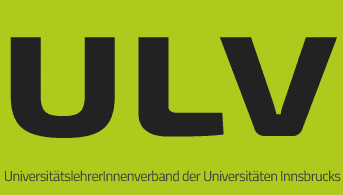How to balance public and private contributions to higher education? - timeshighereducation.com, 11.02.2016
John Morgan examines current arrangements and suggested ratios at home and abroad.
Chile has historically had one of the most market-driven university systems in the world, with the vast majority of costs borne by students. But then, in 2011, a wave of student protests began that, on occasions, saw more than 100,000 take to the streets of Santiago. The protesters caught the world’s attention with their demands for an end to tuition fees and for-profit higher education as a remedy for high levels of social inequality: demands that were sometimes met with tear gas and water cannon from riot police (to which some students responded with rocks).
“Tuition-free university education will make Chile a more just and supportive country for all,” said Chile’s president, Michelle Bachelet, late last year, after a law was passed granting access to free education for students from the poorest 50 per cent of families. The previous president, conservative Sebastián Piñera, took a battering in the wake of the student protests and lost the 2014 election to the socialist Ms Bachelet, elected on a pledge to transform education.
